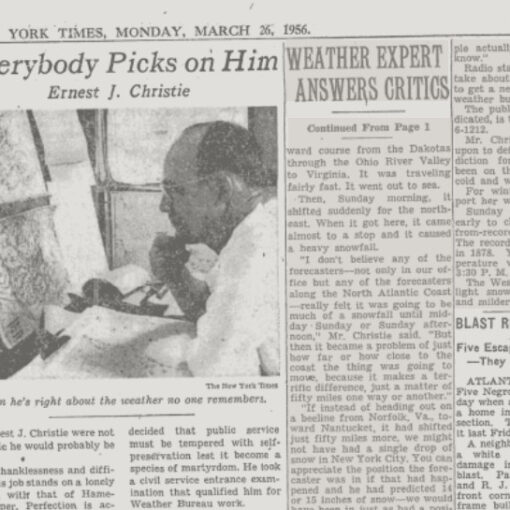So, now, you are at a crossroads. A small town in the middle of the desert, a highway going East to West, a highway going North to South. There are more roads. A storekeeper at the gas station keeps an eye on the traffic. Much of it is familiar faces, people who live nearby getting cigarettes, coffee, a tank of gasoline. And many of it is infinity traffic, cars zooming in from somewhere and departing to somewhere. You can group the traffic to local and infinity. But you can do much better, you can track the direction too. Infinite traffic westward, eastward, north, and south.
We have seen how problematic the theoretical concept of infinity gets when we look at the real world. Recall our earlier notion of a natural inevitability in our thinking. As I wrote, “a divine intelligence that would reason through all the possible preparations in the advent of any possible adversity.” As Godel (and later Turing) proved that there must be logically true statements that cannot be reasoned. And in some sense, there must be many, many more true statements than those that can be reasoned.
Common sense would lead us to believe that this would happen whenever we apply this concept of infinity. So we restrict our thinking. We work with maps that are very big — but not bigger, and look at atoms that are very small — but not too small. We restrict our thinking to the largest numbers that can be feasibly be computed by machines of our era. The largest prime. But wherever there are restrictions, later generations strive to break them. We are always led back to infinity. Because there is always something bigger, faster, smarter, colder, hotter.
Infinity thinking helps us break out of our neighborhood. We can run away from home.

